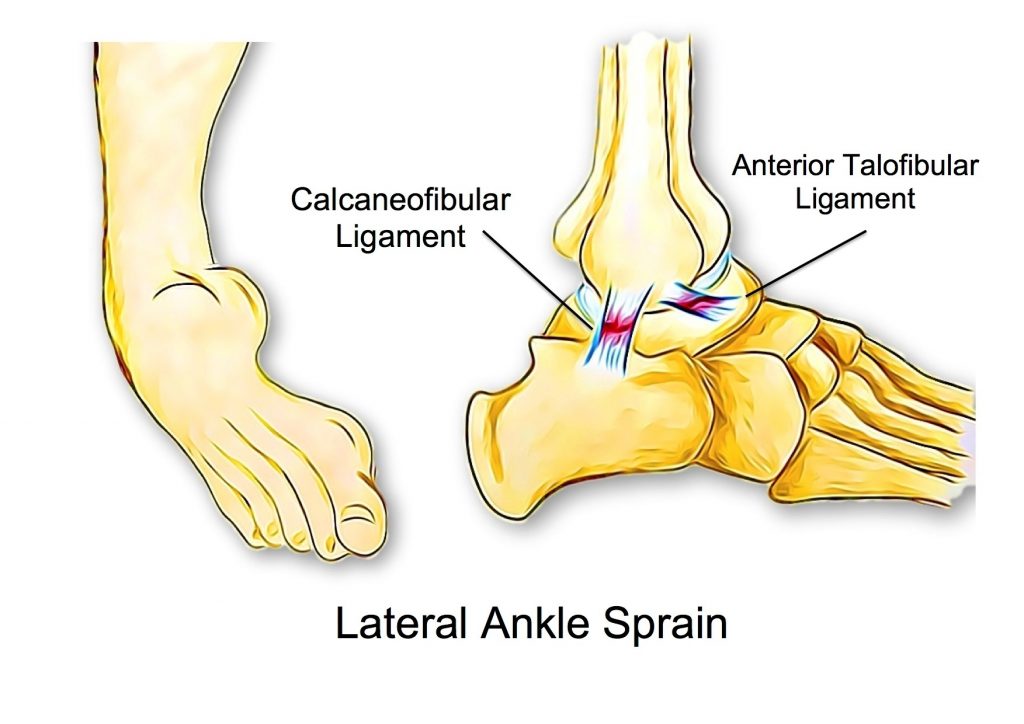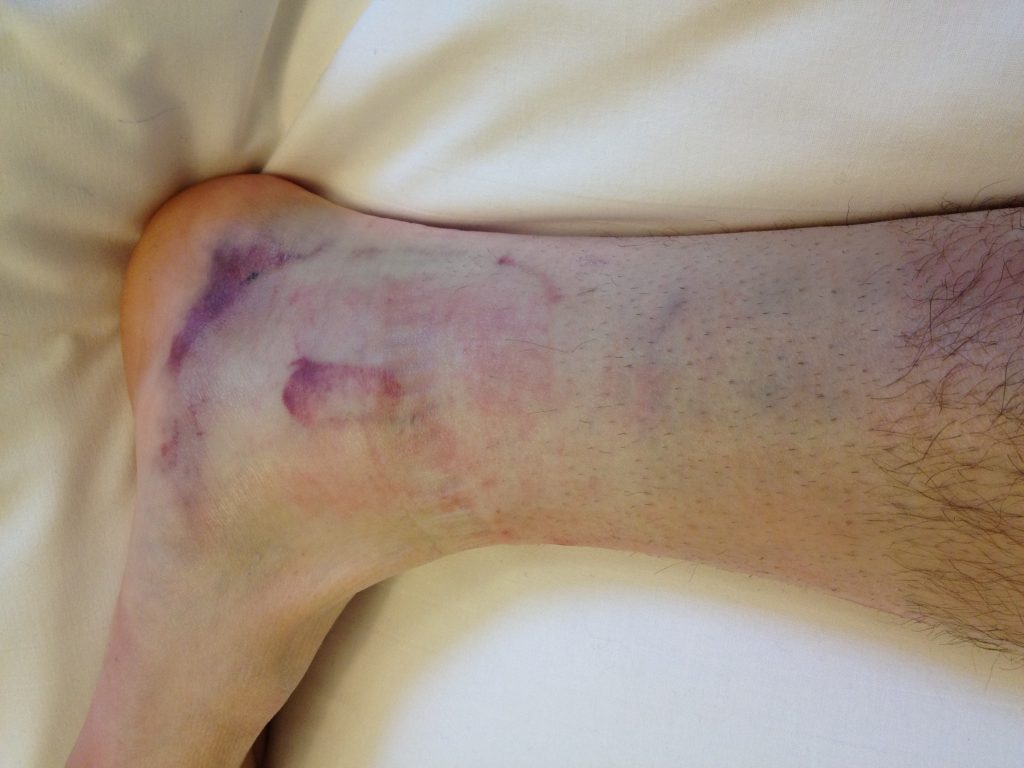June 5 2019
Ankle sprains are the most common musculoskeletal injury sustained by individuals who participate in sport and recreational physical activities. The latest statistics suggest that up to 70% of the general population incur an ankle injury sometime during their lifetime!
They can happen in a variety of ways and cause a variety of issues with the complex network of bones, muscles, ligaments and nerves that make up the foot and ankle. Whether it was from a super human physical feat during your elite sporting days or just misjudging a step off the curb last week, ankle sprains can have a significant effect in limiting your daily life.
As mentioned, there are a number of different structures you can injure when you sprain your ankle so let’s talk through some of the basics and the common things that happen.
Ankle Anatomy
The anatomy of the ankle is quite complex due to the large number of bones that make up the foot and ankle. The two pictures below are a great illustration of the outside and inside views of the multiple bones and ligament structures.


You can see from these photos that there are a whole heap of ligaments connecting these bones that help hold them all together. Try remembering all of their names … !
When we are talking sprained ankles, the common injury is an inversion type sprain which causes the foot to roll inwards towards the middle of your body. Most often the structures on the outside of the ankle get stretched causing varying levels of ligament damage, muscle damage and can even cause fractures to the bones. Looking back to the photo of the lateral (outside) view of the ankle you see a ligament called the anterior talofibular ligament. This highly creative name is for the ligament on the front of the ankle that connects between …. You guessed it … the talus and the fibular!
The graphic here illustrates the inversion action and damage that can occur.

Anyone who has sprained an ankle knows how sore and swollen your foot and ankle can become. They often bruise a lot and can end up puffing up with all the colours of the rainbow. A little bit like this one …

Initially the management is to unload the injured tissues, get the injury assessed and work through a detailed rehabilitation program. A lot of the time the size of the swelling and the colour does not always indicate the amount of damage.
Unfortunately, lateral ankle sprains have the highest rate of re-injury of all the lower limb musculoskeletal injuries!
Individuals who sustain an acute lateral ankle sprain have 2 times the risk of injury for 1 year following their initial injury.
This is quite a large increase and something that you want to avoid if you are one of the 70% of the population to fall victim to the misjudged gutter step. Subsequent ankle sprains can take you down the nasty spiral towards chronic ankle instability which can lead to interventions such as surgery to get you back onto your feet.
So What Can You Do
The main message here is that ankle sprains are common and a complete and thorough rehabilitation is vital in order to prevent future injury and disability. It is essential to restore your full range of motion, full strength and good proprioception and control before returning to activity and sport.
If you aren’t sure if you have done enough then come on down and we can have a look. Sometimes it’s just a matter of a few little exercises to get everything back in order.
Good luck! Stay active and watch out for those gutters!



